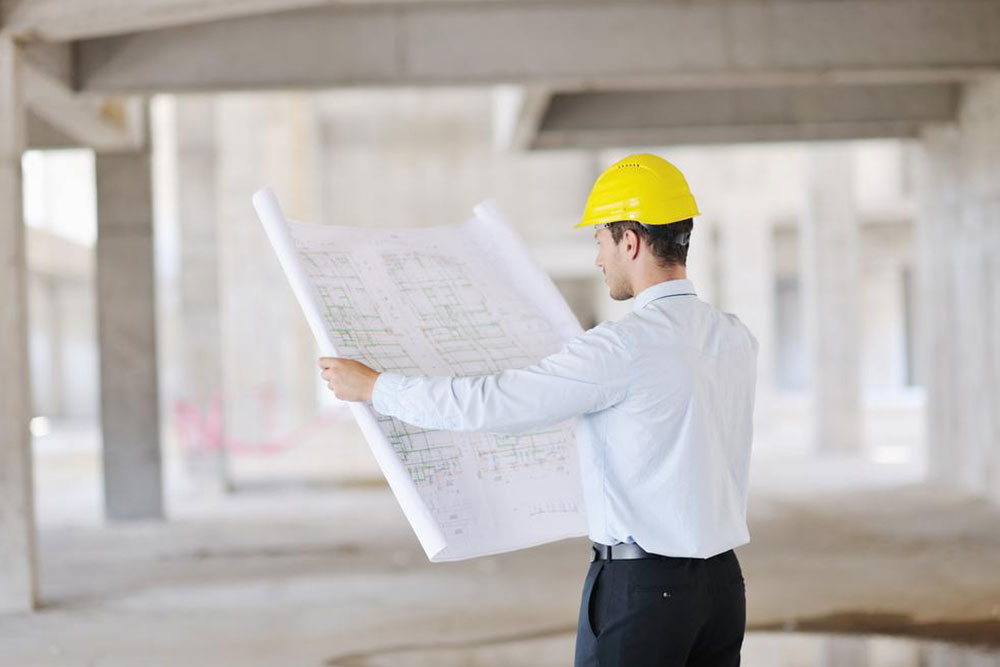Understanding Construction and Maintenance Terminologies
This article explores the essential concepts of construction and maintenance, highlighting their roles, classifications, and significance in industry growth. It details various sectors, career opportunities, and activities involved, emphasizing their importance in infrastructure development and sustainability. Designed for industry professionals and students, it provides a comprehensive overview of key terms and processes, underscoring construction's vital role in economic advancement.

Understanding Construction and Maintenance Terminologies
Construction involves the process of developing buildings and infrastructure, primarily in the realms of urban development and civil engineering. It accounts for nearly 9% of the global GDP, spanning developed and emerging nations. The process typically includes three key phases: Planning, Design, and Funding. Maintenance ensures that these structures remain functional, attractive, and efficient over time. It encompasses activities to prevent deterioration and address issues like vandalism, ensuring optimal performance and hygiene standards.
Maintenance Segments
Maintenance is categorized mainly into two types:
Preventive Maintenance, which involves scheduled inspections and upkeep to prevent failures; and
Corrective Maintenance, which concerns repairing or replacing components after wear or malfunction.
In engineering, real estate, telecommunications, and other sectors, maintenance has diverse meanings. It includes activities like measurements, adjustments, repairs, and replacements. Maintaining involves testing, servicing, and inspections to keep materials in near-perfect condition and ensure equipment operates efficiently without decline.
Construction remains a thriving industry, crucial for the economic growth of developing nations. It includes building residential and commercial structures, infrastructure projects like roads and dams, and industrial facilities like refineries and factories.
The industry offers various career paths, from unskilled labor to highly skilled tradespeople and technical managers specializing in civil engineering, architecture, and project management.







